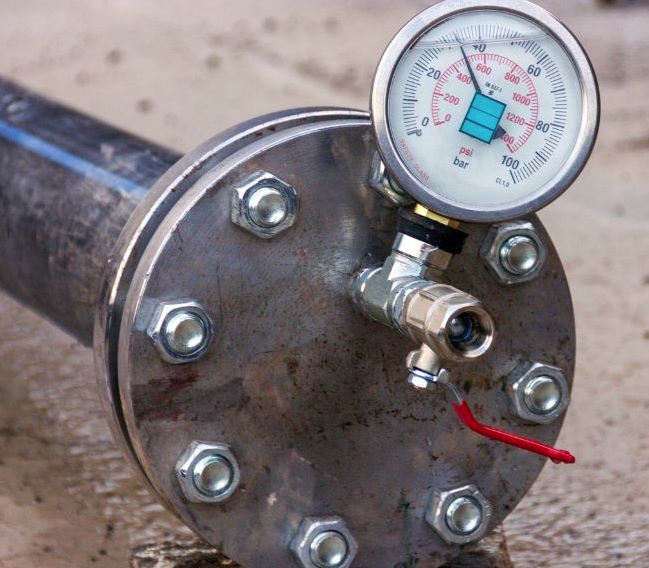
Torque Calibration
The British Standard BS 7882:2008 is a standard for calibrating and classifying torque measuring devices. It was first published in 1997 and evolved from the need for accredited calibration laboratories to determine torque measurement results in a similar manner. The standard provides a practical solution for calibration of torque measuring devices, including the technical requirements needed for high accuracy classes without making the calibration too time-consuming and commercially unacceptable. It is important for calibration laboratories, manufacturers, and end users alike because it provides an agreed method of calibrating and evaluating torque measuring devices. Other standards include German standard DIN 51309:2005, an EA reference publication based on DIN 51309, and Chinese calibration standard JJG 995:2005. There is currently no European or International standard for static calibration, but a British standard BS 7996 is being written for continuous calibration of torque measuring devices. A static calibration performed to the DIN standard is more involved and expensive than one to BS 7882:2008.
BS 7882:2008 is a classification system that differentiates between devices of different accuracy and allows for the classification of devices into one of seven classes. The torque measuring device is defined as all parts of a system, such as electrical, mechanical, hydraulic, or optical torque transducers with associated indicators and cables. The applied reference torque may be generated by a supported or unsupported length calibrated beam and calibrated masses or alternatively a reference torque measuring device may be used. Calibrations can be performed on analogue or digital devices in torque units (N·m, lbf·ft., lbf·ins) or voltage output (V, mV/V), in incremental and decrement modes, and the use of a replacement indicator is allowed provided certain criteria are complied with.
The minimum range of measurement over which a classification may be awarded is from 20% to 100% of maximum torque. A secondary classification over an extended range may also be given, and if calibration is required below 20%, torque steps of 10%, 5%, and 2% of maximum torque may be used provided they are greater than the calculated lower limit of the calibration range. The lower limit of calibration (Tmin) is determined from the resolution (r) of the device and is expressed in the SI unit of torque (N·m).
The calibration is performed at an ambient temperature within the range 18°C to 28°C, with the temperature not varying by more than ± 1°C throughout a measurement series. Electrical torque measuring devices and associated components must be switched on and allowed to warm-up for the period stated by the manufacture. In the preload and calibration procedure, the torque measuring device should be set up in an appropriate mounting so it can be rotated about its axis between each series of torques.




